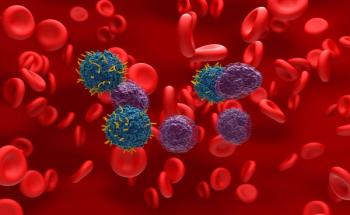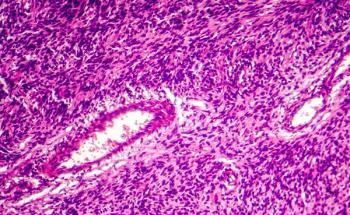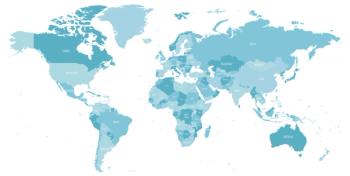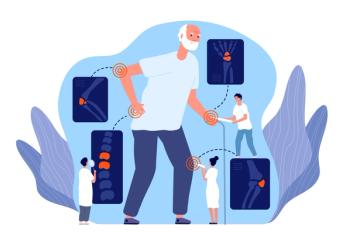
Non-Orphan Use of Orphan Drugs Drives Up Cost
The use of orphan drugs for non-orphan diseases is driving up the cost of these already expensive medications. A new report from America’s Health Insurance Plans found that almost half of the utilization for 46 orphan drugs were used for non-orphan indications.
The use of orphan drugs for non-orphan diseases is driving up the cost of these already expensive medications. A
Sovaldi, Daraprim, and other specialty drugs have caught the public’s attention recently with high prices, but the economic impact of orphan drugs should also be carefully watched, according to AHIP.
“Orphan drugs, long thought to be treating so few patients each year that they did not present a reimbursement challenge for payers, are now being more closely scrutinized by public and private payers,” according to the brief.
The researchers found that, on average, 53.2% of patients with at least 1 prescription for an orphan drug had one medical claim for a related orphan disease. However, this varied widely by treatment. For instance, all of the patients prescribed Lumizyme had an orphan disease. Meanwhile, none of the patients prescribed Remicade or Viread had evidence of an orphan disease diagnosis over the 3-year period.
Craig F. Burns, PhD, MS, vice president of research in The Center for Policy & Research at AHIP and author of the report, noted that with 500 orphan treatments approved, price hikes for these drugs being used for non-orphan patients can have a widespread economic impact.
“A proper balance has to be struck between ensuring that the incentives remain for those firms focused on developing these very important, and much-needed orphan disease therapies, while not allowing for the [Orphan Drug] Act to be exploited purely for financial gain,” Burns
While the price of the 46 drugs increased by 26% during the study period, with 5 drugs posting no price increases at all, some drugs saw price increases between 50% to 100%. The analysis of prices suggested an inverse correlation between orphan use and pricing with the cumulative change in price decreasing as the average orphan utilization increased. The findings suggest that non-orphan use is influencing the price increases.
Orphan drugs that were used almost exclusively for their orphan indications saw small price increases of just 12% from 2012 to 2014. By comparison orphan drugs prescribed for mostly non-orphan uses saw price increases of 37% during that same time period.
“As prices for these agents continue to climb, it is becoming increasingly urgent that the original intent of the Orphan Drug Act be restored,” AHIP concluded.
Newsletter
Stay ahead of policy, cost, and value—subscribe to AJMC for expert insights at the intersection of clinical care and health economics.














































